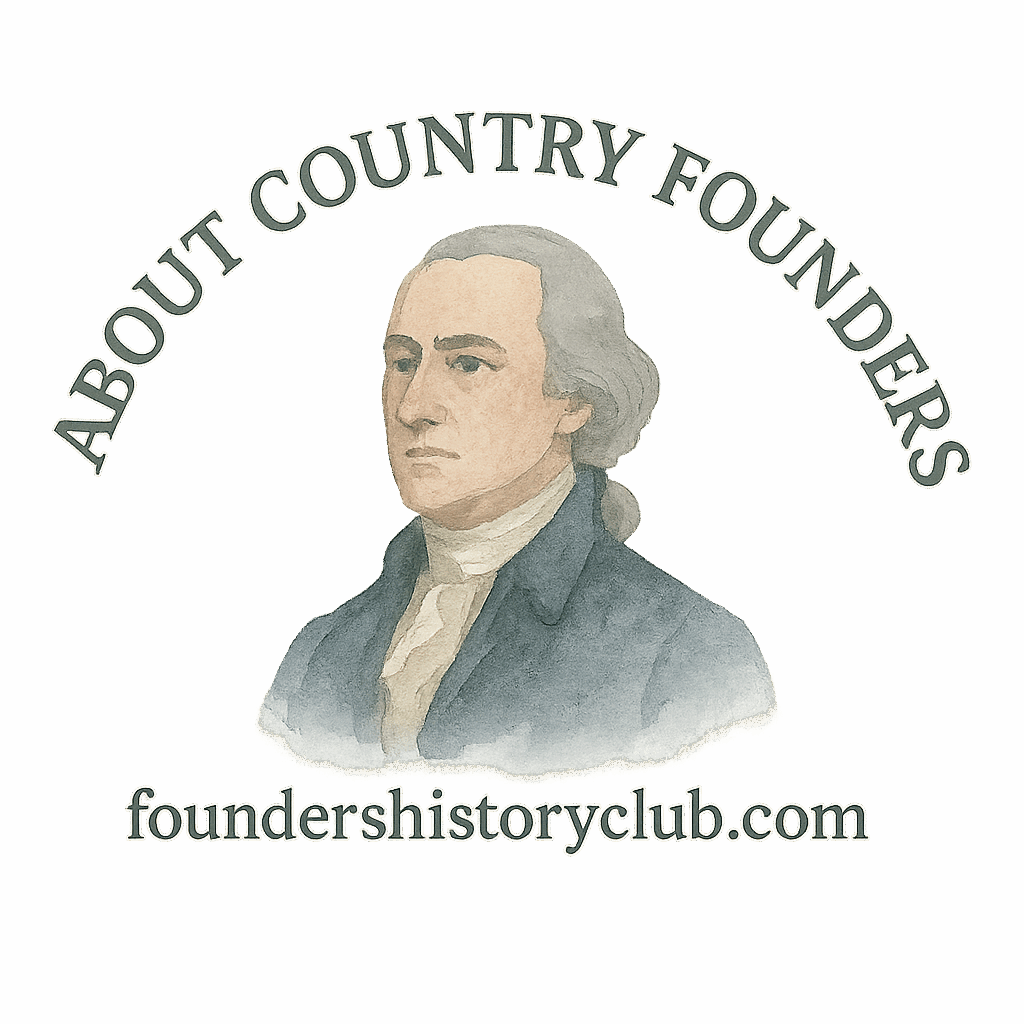Introduction
Have you ever wondered what kind of leader it takes to reshape a nation completely? Transitioning a country from a monarchy or colonial rule to a republic isn’t just a political act—it’s a revolution of ideas. Today, we’re diving into the lives of six iconic founders who did just that. These leaders didn’t just want change; they made it happen—and in doing so, they helped reshape the world.
What Does It Mean to Transition to a Republic?
From Monarchies to Republics
Transitioning to a republic typically means rejecting hereditary power—like kings and queens—and establishing a system where leaders are elected by the people. It’s a bold leap from tradition to empowerment.
Why These Transitions Mattered
This shift changed the lives of millions. It wasn’t just about changing flags or national anthems; it was about changing how citizens saw their place in the world.
1. George Washington – United States of America
The Break from British Monarchy
George Washington is arguably the most famous name in American history—and for good reason. After leading the fight for independence against British rule, Washington helped solidify the United States as a republic with no monarchy in sight.
Establishing Democratic Foundations
Washington set the precedent of limited presidential terms and refused to rule like a king—an essential step in laying down republican principles. Explore his influence in more detail.
Internal link: Visit our section on Founders by Era
2. Sun Yat-sen – Republic of China
Overthrowing the Qing Dynasty
Often referred to as the “Father of Modern China,” Sun Yat-sen led a revolutionary movement to topple the centuries-old Qing dynasty and end imperial rule.
Birth of Modern China
Sun’s Three Principles of the People—nationalism, democracy, and livelihood—laid the groundwork for republican governance in China. His vision continues to influence modern politics. Learn more about this in our comparative studies.
Internal link: Check out Founders by Continent
3. Mustafa Kemal Atatürk – Republic of Turkey
Dismantling the Ottoman Empire
Atatürk spearheaded Turkey’s transformation from the remnants of the Ottoman Empire into a secular, democratic republic in the 1920s.
Atatürk’s Radical Reforms
From abolishing the caliphate to introducing Latin script, Atatürk modernized Turkey like no one before. He remains a central figure in Turkish identity.
Internal link: Explore our tag on Revolutionary Founders

4. Simón Bolívar – Gran Colombia
Ending Spanish Rule in Latin America
Known as “El Libertador,” Bolívar led multiple countries to independence from Spanish rule—Venezuela, Colombia, Ecuador, Peru, and Bolivia.
The Vision for a Unified Republic
Though his dream of a single South American republic didn’t materialize, Bolívar planted deep seeds of republicanism across the continent.
Internal link: Learn more in the Independence Leaders section
5. Kwame Nkrumah – Republic of Ghana
The Fight Against Colonial Rule
Ghana, under British control as the Gold Coast, gained independence in 1957 thanks to Nkrumah’s leadership. He became the first president of the republic and a voice for Africa’s future.
Pan-African Republican Ideals
Nkrumah’s dream extended beyond Ghana—he wanted a united Africa. His ideas remain relevant in modern politics and cultural memory.
Internal link: Discover more on Cultural Memory
6. Charles de Gaulle – French Fifth Republic
Restoring Stability after Crisis
Post-WWII France was in turmoil. De Gaulle returned in 1958, creating a new constitution that formed the basis of the Fifth Republic.
Constitutional Shift to a Strong Presidency
De Gaulle’s reforms emphasized executive strength and stability—balancing democracy and governance. He left behind a political system still in place today.
Internal link: Visit our Governance tag
Common Threads Between These Founders
Rejection of Authoritarian Rule
Each of these leaders stood up against monarchs, empires, or colonial rulers. They weren’t afraid to shake the foundation.
Promotion of National Identity
They forged new national identities, helping their people to believe in self-rule and shared futures.
Challenges Faced During These Transitions
These transformations didn’t come easy. Resistance, war, political strife, and even betrayal followed many of these revolutions. But through it all, these founders stood firm.
Internal link: See Founders and Controversy
Legacy of Republican Founders
Cultural Memory and Historical Recognition
From statues to national holidays, the legacy of these founders lives on. They are celebrated, studied, and sometimes even debated.
Check our extensive archive on Founder Statues and Founders’ Birthdays.
Conclusion
These six founders didn’t just lead—they transformed. They took on empires and monarchies, drafted new constitutions, and ignited democratic flames that still burn today. As we navigate modern politics, the legacies of Washington, Sun, Atatürk, Bolívar, Nkrumah, and de Gaulle offer powerful lessons in courage, vision, and resilience.
Explore more on Founders History Club and dive into the complexities of early governance, revolutionary change, and legacy-building.
FAQs
1. What is a republic, and how is it different from a monarchy?
A republic is a form of government where leaders are elected by the people, unlike monarchies where power is inherited.
2. Why are these six founders considered important?
Each led a successful transition from monarchy or colonial rule to a republic, creating long-lasting political and cultural impacts.
3. How did Atatürk modernize Turkey?
Through reforms such as secular education, women’s rights, and alphabet changes, Atatürk redefined Turkish society.
4. Was Simón Bolívar successful in unifying Latin America?
Not fully. While he liberated several nations, political and regional differences hindered full unification.
5. What was Sun Yat-sen’s biggest challenge?
Balancing nationalist ambitions with a fragmented and warlord-dominated China.
6. How did Charles de Gaulle shape modern France?
By creating the Fifth Republic, he centralized executive power and stabilized post-war France.
7. Where can I learn more about historical founders and their legacies?
Visit FoundersHistoryClub.com for deep dives into comparative history, governance, and global inspiration.


